PAOLO GIOLI IN MEMORIAM
PROGRAMME
Filmoteca de Galicia | Tuesday May 30th | 8:00 p.m. | Free entry to all venues until full capacity. It will not be possible to enter the venues after the screening has started.
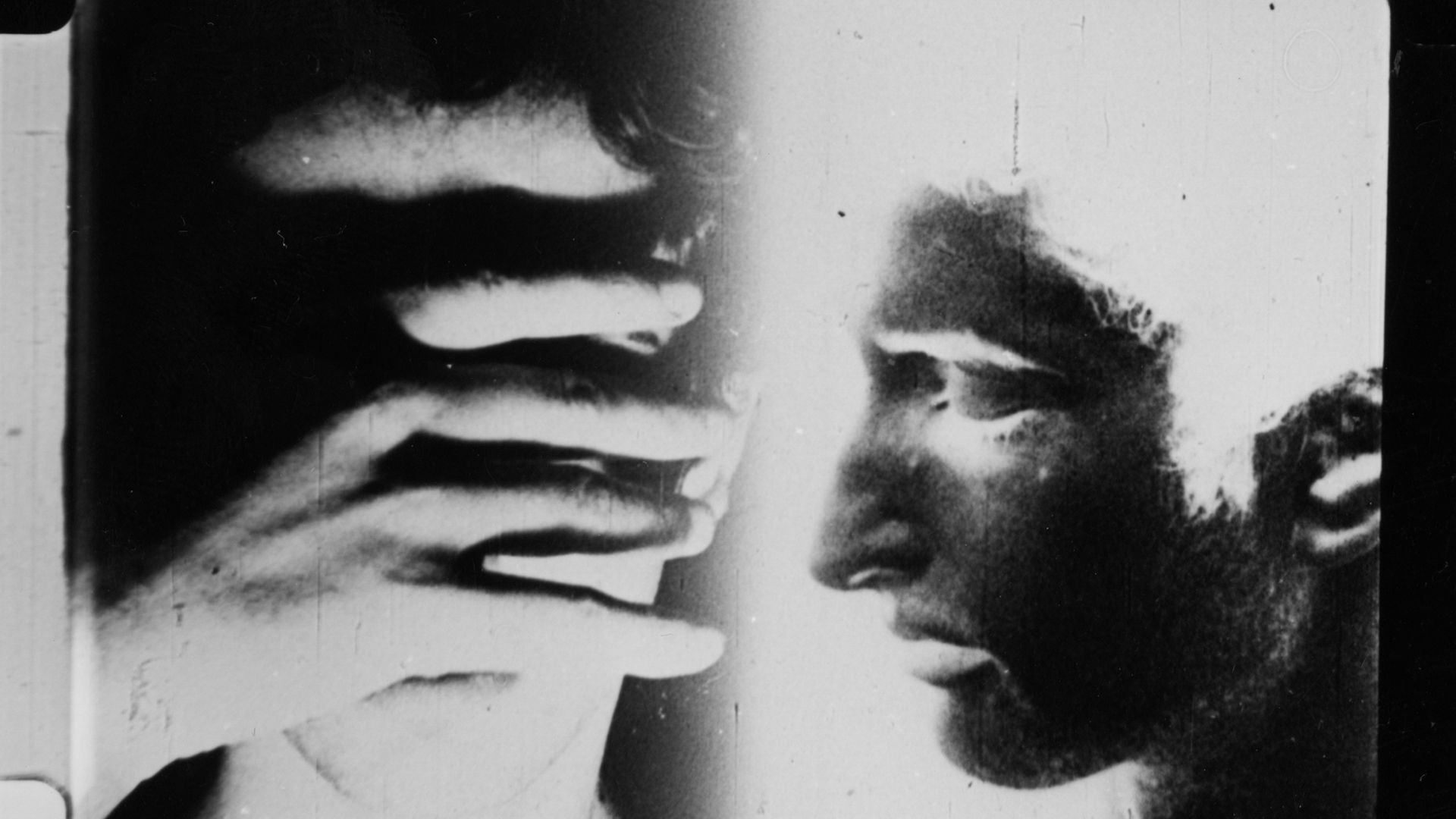
SECONDO IL MIO OCCHIO DI VETRO
Paolo Gioli, Italy, 1971, 16mm, 10 min.
The semi-scientific nature of this work is in some degree due to the stereo-stroboscopic visual mechanism used in making it. The careful and paradoxical loading up of profiles alternating between negative and positive is in line with a soundtrack of super-synchronized percussions, giving rise to a complexity that can be deciphered only by an attentiveness of the degree required for a visual psychological test. (Paolo Gioli)
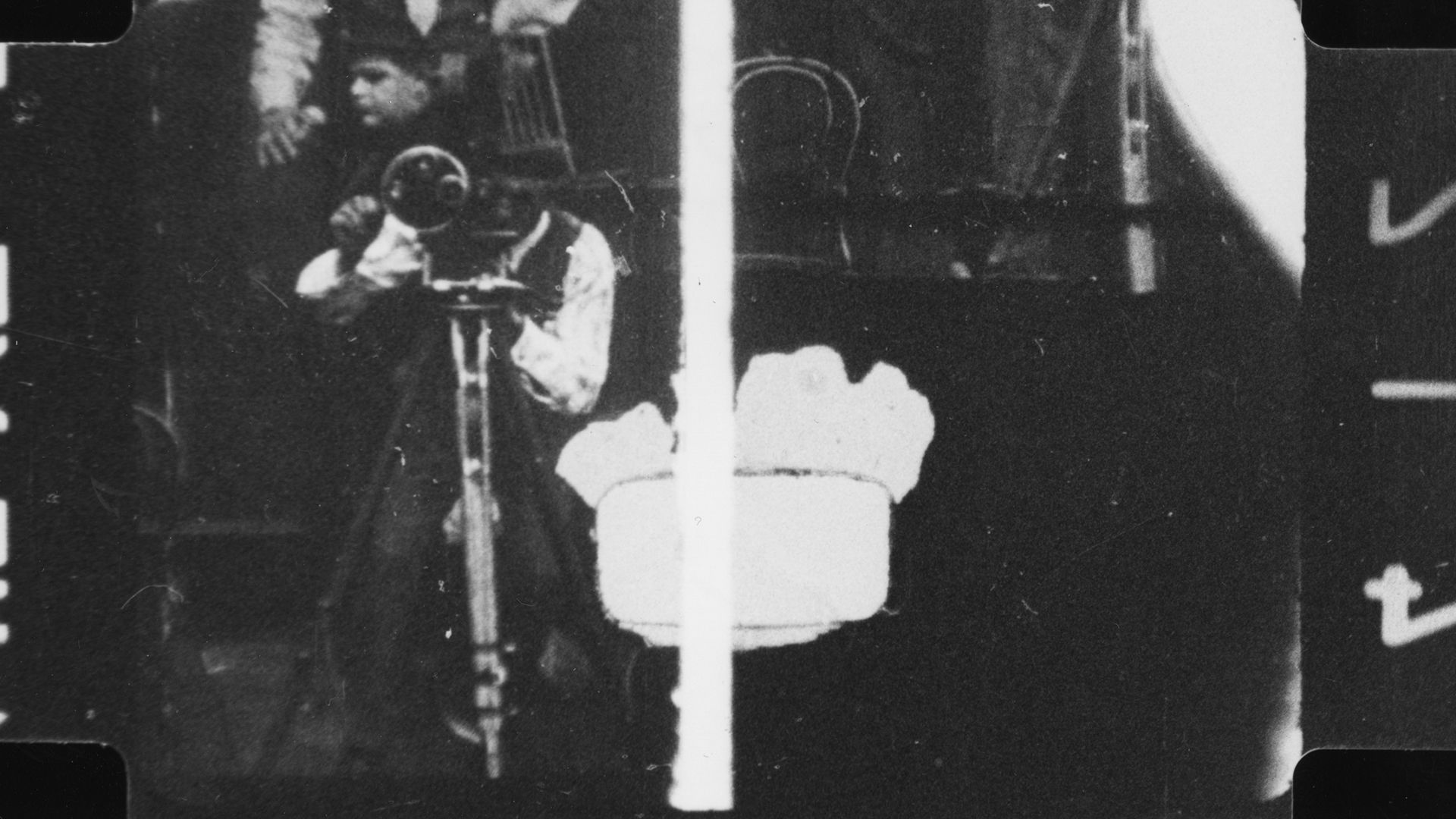
L’OPERATORE PERFORATO
Paolo Gioli, Italy, 1979, 16mm, 10 min.
This is a film arising from a scrap of an old anonymous Pathé film with the well-known centre perforations [of the 9.5mm format]. It was constructed through multiple passes and optical set-ups using very few images from an anonymous stock shot to which brief, extraneous fragments have been added. In the middle of the perforation, an unknown camera operator has tried to somehow film part of a story (of what? of whom?) with some apparent success. Inexorably, the centre perforation breaks into and disturbs the images by the camera operator, taking on the leading role itself to the point of becoming almost a screen or rather, actually a screen. It is a film dedicated to the perforation on fifty centimetres of film of a camera operator, found and then perforated. (Paolo Gioli)
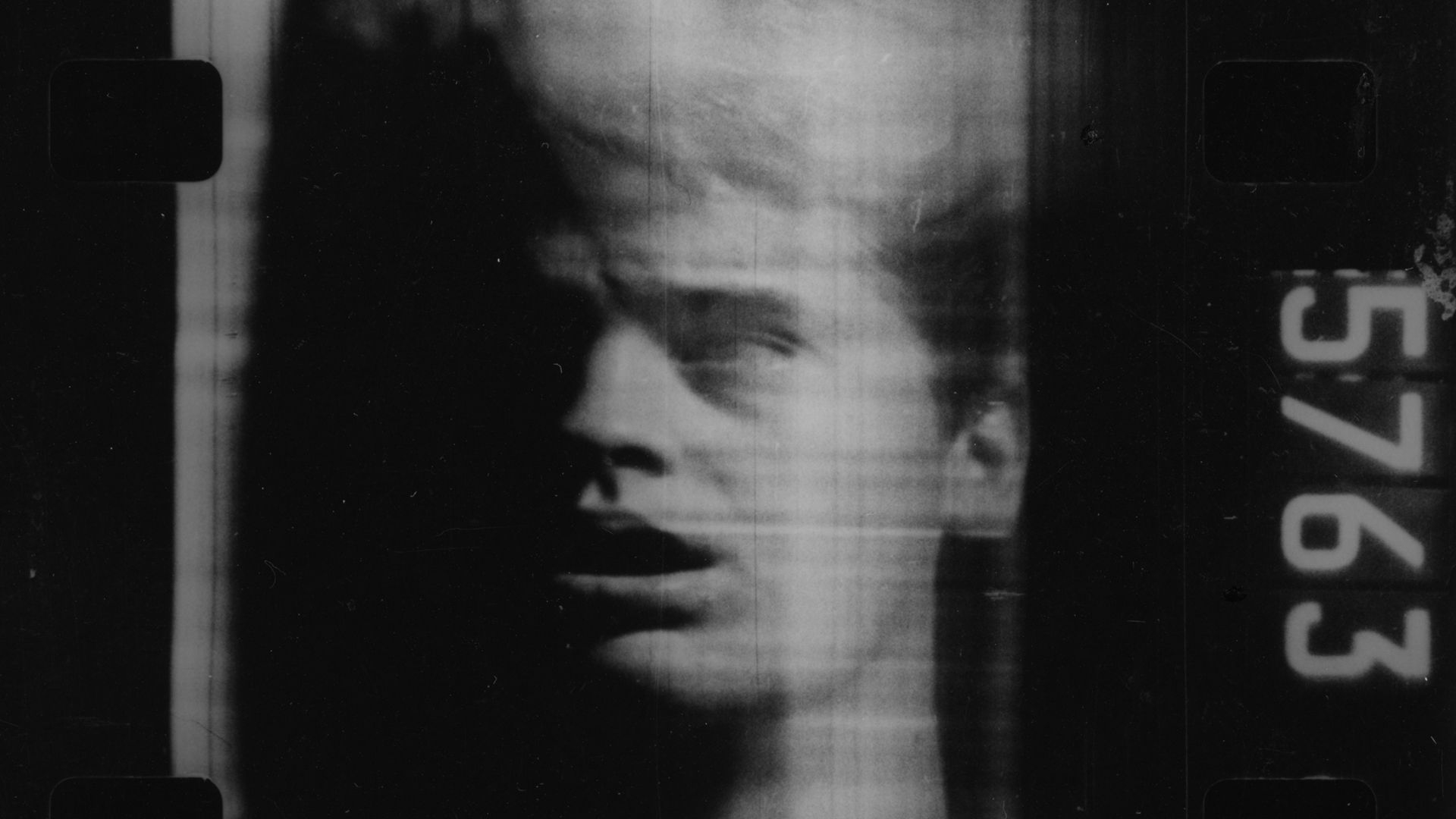
FILMFINISH
Paolo Gioli, Italy, 1986-1989, 16mm, 13 min.
This film was constructed using the so-called “photo-finish” technique used in sporting events. The same principle was applied, precisely, to the motion picture camera. The subjects are explored and self-explored using a thin slit arranged horizontally halfway along the aperture plate as they enter the motion picture camera itself. The images are thus formed as an extremely dense series of lines as in a primitive video screen, such as the Nipkow. The cinematic rhythms of the film vary with the accelerations and decelerations imposed beyond the synchronicity between movie camera and subject: with motion from top to bottom, or else with the movie camera lying sideways, in which case the line is vertical, so from left to right and vice versa. Of course, this is done with no shutter or claw [in the camera]. This film technique is well known in scientific cinematography, and it is this very combination that I most urgently wanted to encompass in my graphic compositional concerns. (Paolo Gioli)
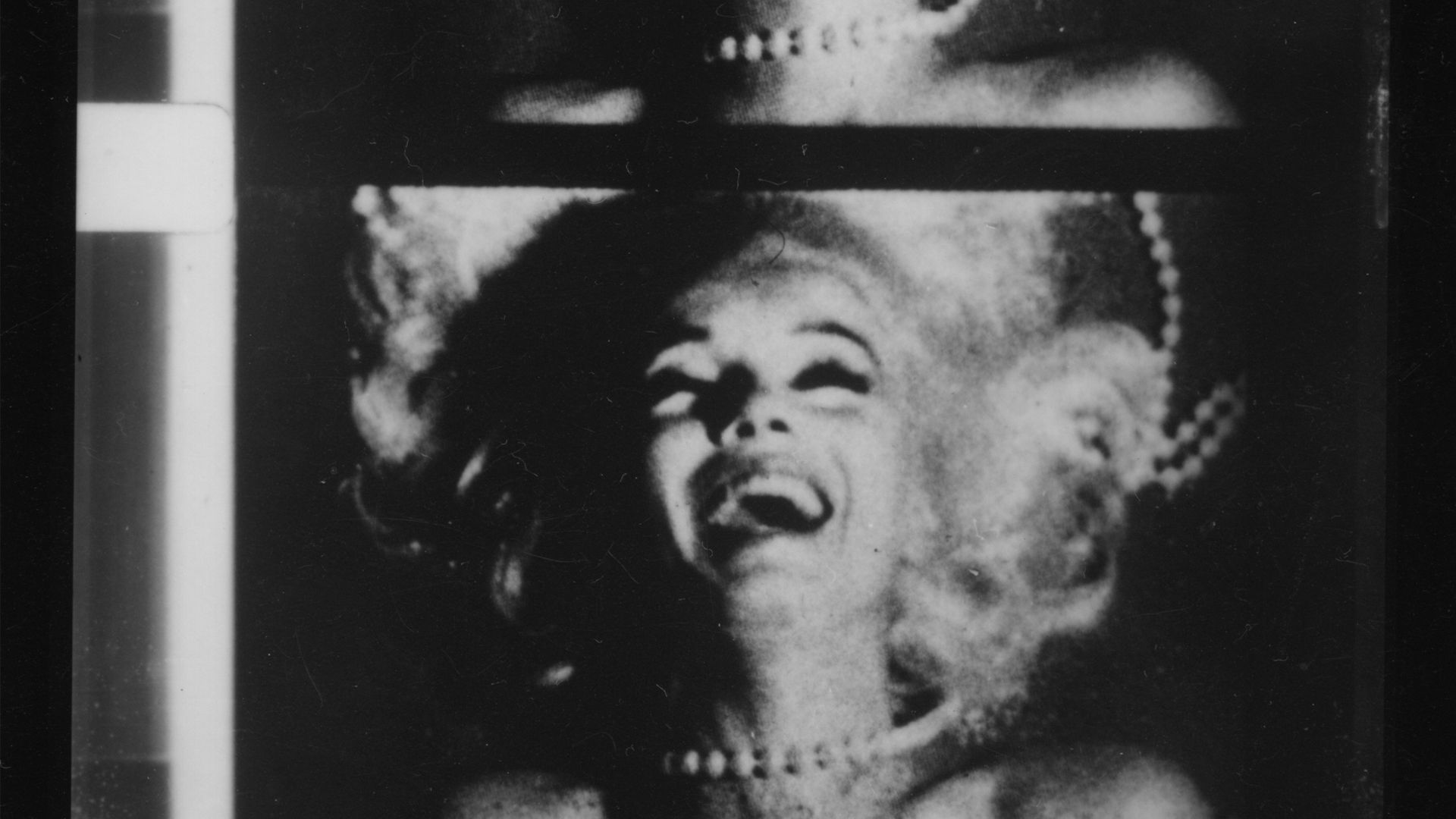
FILMARILYN
Paolo Gioli, Italy, 1992, 16mm, 10 min.
It seems to me that this brief film exists in the end as if I had found it somewhere, completely forgotten; as if it had been some unsuccessful pre-cinematic experiment. All the animations were constructed from photographs from a huge book. Finally, she dies and is found, in a simulation as if it were a simulation; as if I, with my movie camera, had been the first one to enter the room where she died. (Paolo Gioli)
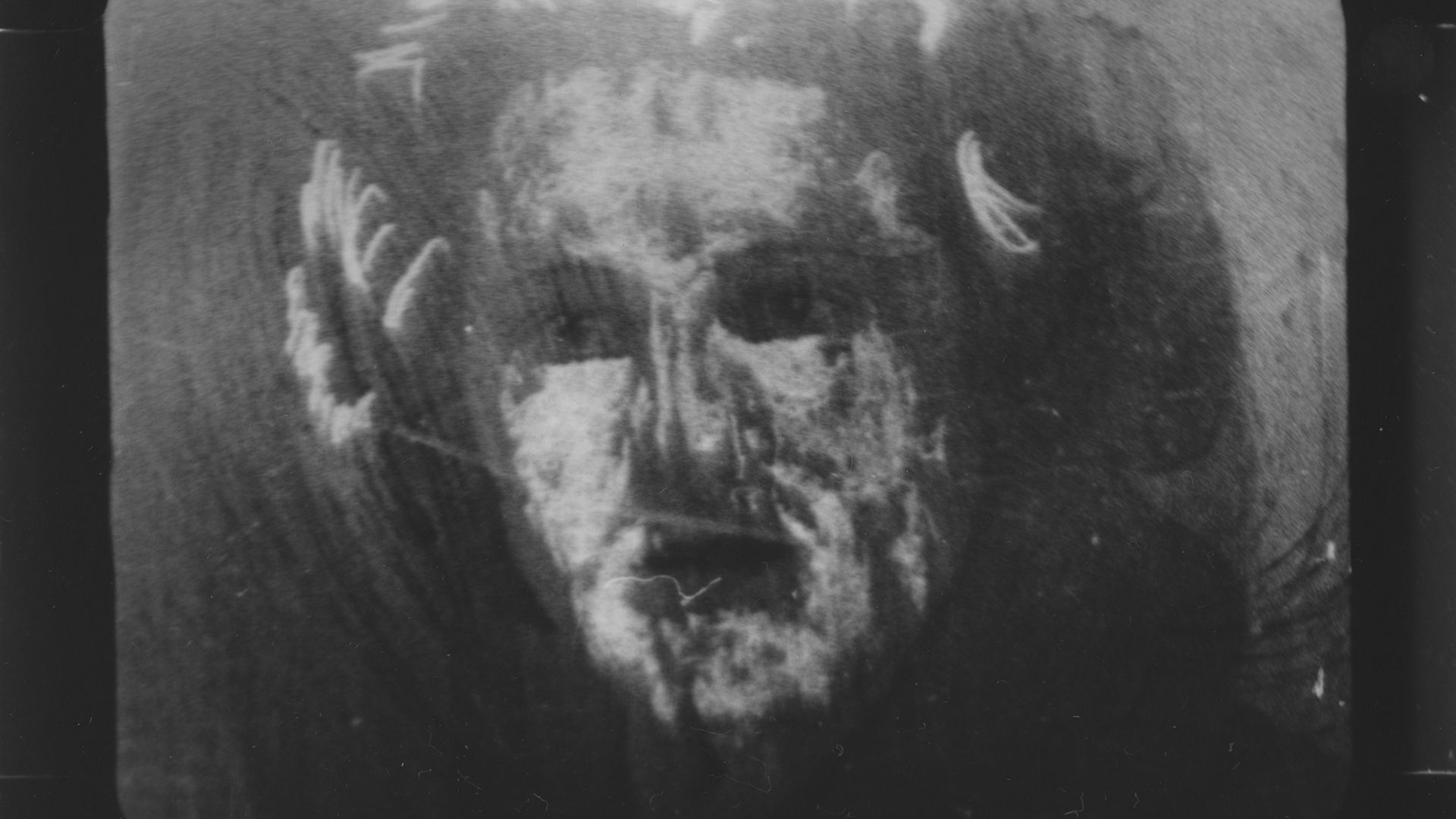
VOLTO SORPRESO AL BUIO
Paolo Gioli, Italy, 1995, 16mm, 6 min.
From the old plates of an anonymous photographer who worked in the 50s, I extracted this impossible film (plates that had contributed to the composition of one of my little books with the title Sconosciuti [Persons Unknown]). Frame by frame, plate by plate, with strips of reflected light and strips of tens of faces, I tried to bring them into a single cinematic stream, thinking about a solitary, single face emerging from the darkness. (Paolo Gioli)
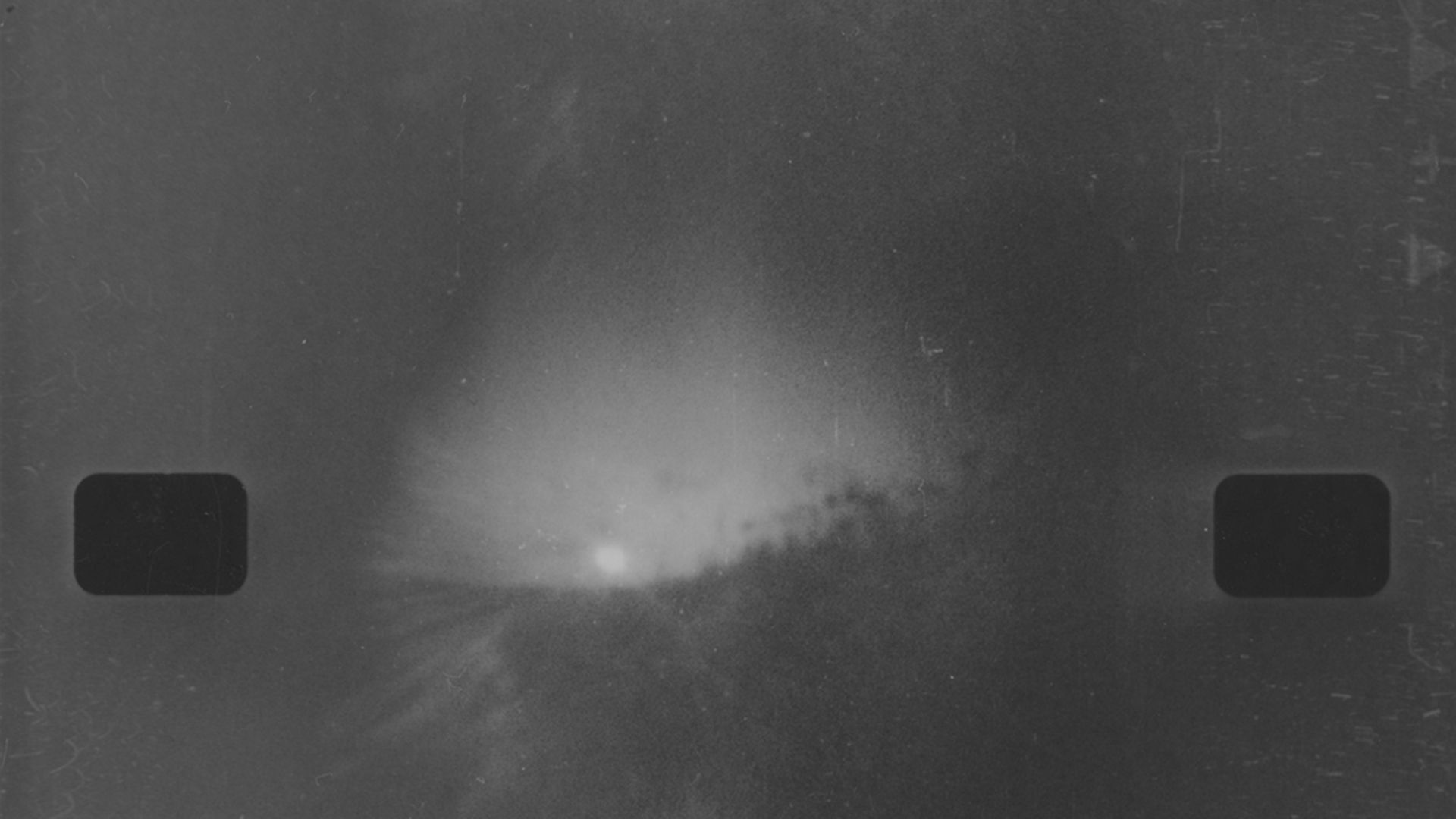
NATURA OBSCURA
Paolo Gioli, Italy, 2003-2013, 16mm, 8 min.
I made this film using a single batch of 45 pinholes in a 50 cm hollow tube. The idea was to film the [four] seasons but the air, the wind and nature battering me put an end to the idea. I shot the film always in the gloaming of dawn and dusk—better than the excessive amassed light of day. Flowers, poppies and vegetation do not completely emerge at first, and later are at rest as in wintry places. (Paolo Gioli)
SOBRE PAOLO GIOLI
STUDIUM
Paolo Gioli (1942-2022) lived and worked, as the usual biographical path for artists has to begin, in a small town, Lendinara, in the province of Rovigo, Veneto, in north-eastern Italy, where he had moved in 1989. From then on, however, he lived and worked almost literally in the same space, for in his home he devoted two rooms and a washroom turned into a laboratory to producing his art. His was literally a studio life, and as a self-taught artist with a taste for the classics he might have appreciated the polysemy of the word. The meaning of studio here is as in an artist’s workshop, evidently, but it also has a meaning as in the Latin roots of studium—an active application to a subject, and in his case in particular (though not exclusively), an understanding of the mechanics of fixed and moving photochemical images. His studio has hosted a collection of cameras he designed and constructed, and a plethora of tools and found objects that he might have repurposed into photographic apparatuses. Indeed, his predilection for the pinhole camera (used for the different stages of Film Stenopeico, 1973-1981-1989, but also in Natura Obscura, 2013) led him to think that any hole or slit could be the gateway for an image. On the walls of the studio, he hung a personal visual atlas, postcards and other reproductions of artworks, prominent among which was a detail from Titian’s Venus of Urbino—the original pin-up, which could be seen as a tongue-in-cheek joke about his workspace resembling that of a car mechanic.
But his studio was also literally a place devoted to study, and Gioli’s erudition was that of a largely self-taught scholar. His education in fine arts followed the model of the studio assistant to the sculptor Virglio Milani in Rovigo, and in his early twenties he enrolled in the Scuola libera del nudo in Venice, although that was life drawing, not theory. And yet he surrounded himself with books. Indeed, volumes about the history of photography or its technologies were an integral part of his space. But books would not only supply the words he needed to savour but also hold the images he reused, artworks and photographs intermediated by their printed reproductions—the 16mm eulogy Filmarilyn (1992), based on Bert Stern’s contact sheets of Marilyn Monroe’s Last Sitting, is their lyrical epitome.
The studio, more than the gallery or the screening room, was his preferred space. It was there that he fashioned his own devices in an attempt to sketch out a hypothetical or sometimes impossible history of photography and film, wilfully defying the chronology and welcoming unknown pioneers and anonymous artisans (see L’operatore perforato, 1979, and Volto Sorpreso al buio, 1995). A reader of T. S. Eliot (there was a quote from the poet, possibly drawn from the memory of an Italian translation, on the wall of his studio), he would agree that “Time present and time past / Are both perhaps present in time future, / And time future contained in time past.” After all, as he often said, his pinhole films could predate the Cinématographe Lumière.
Optics, chemistry and mechanics were the components, if not the main characters, in the singular fable he told through his work, a corpus literally marked by the presence of the body, often his own, designated by Gioli, in a jokingly yet not entirely facetious tone, as the cheapest subject, always at hand. Through self-portraiture, Paolo Gioli discovered his own double (Secondo il mio occhio di vetro, 1971), a figure that would haunt his production. It was in the studio that he manipulated an artefact whose twofold nature is as banal as it is foundational. Negative and positive: film.
Enrico Camporesi
